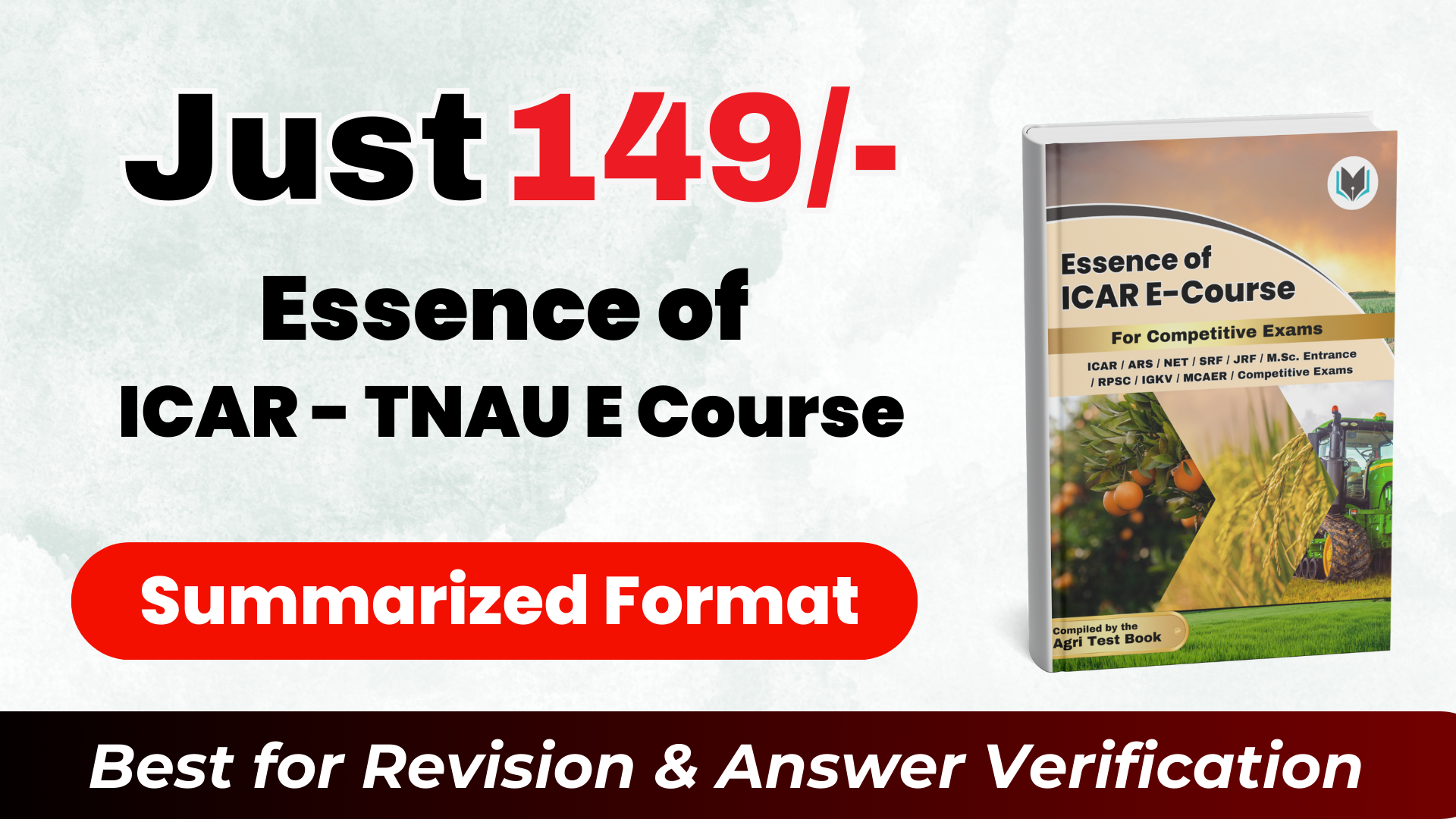Question: Windbreaks are planted in which direction? (CG RAEO 2017)
Options:
North and West
South and West
South and East
North and East
✅Explanation:
Windbreaks are rows of trees or shrubs planted perpendicular to the prevailing wind direction to reduce wind speed and protect crops, soil, and structures. In most regions, the prevailing winds are from the west and north. Therefore, planting windbreaks on the north and west sides of a field provides the most effective protection.
-Windbreak: Often used to refer to a single or narrow row of trees or shrubs planted primarily to protect crops or farmsteads.
-Shelterbelt: Often used to describe larger or wider plantings of trees and shrubs designed to protect larger areas like fields, pastures, or even entire landscapes. Shelterbelts can provide broader ecological benefits like increased biodiversity and improved microclimates.
Windbreaks are rows of trees or shrubs planted perpendicular to the prevailing wind direction to reduce wind speed and protect crops, soil, and structures. In most regions, the prevailing winds are from the west and north. Therefore, planting windbreaks on the north and west sides of a field provides the most effective protection.
-Windbreak: Often used to refer to a single or narrow row of trees or shrubs planted primarily to protect crops or farmsteads.
-Shelterbelt: Often used to describe larger or wider plantings of trees and shrubs designed to protect larger areas like fields, pastures, or even entire landscapes. Shelterbelts can provide broader ecological benefits like increased biodiversity and improved microclimates.






